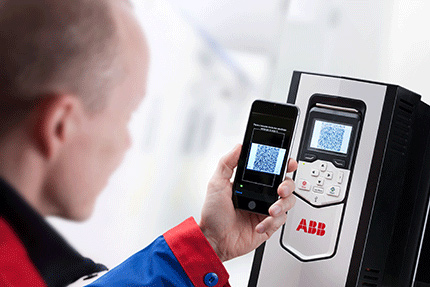|
|
|
You can get e-magazine links on WhatsApp. Click here
|
|
|
|
|
|
Electrification’s role in sugar milling energy efficiency more crucial: 15.00 PM
|
|
Thursday, 22 November, 2018, 15 : 00 PM [IST]
|
|
Helsinki
|
Humanity has had a strong relationship with sugar for at least the last 10,000 years. Yet it was only in the 1700s that a mechanised means of producing sugar emerged, using steam engines for production.
Surprisingly, steam power is still prevalent. In a time when energy efficiency underpins competitiveness of manufacturers, Robert Glass, ABB’s global food and beverage communications manager, asked, “How efficient is your sugar milling process?”
It is fair to say that the human race is hooked on sugar. What started as an almost religious ingredient in ancient New Guinean culture has spread globally and, over the course of 10,000 years, come to underpin the modern food industry.
In 1800, it is estimated that the average person in the US ate the equivalent of 18 pounds of sugar every year — a number that rose to 100lb per year by 1900. In the words of author Rich Cohen for National Geographic, “Sugar was the oil of its day.”
With growing pressure to become more health conscious, the typical American has marginally reduced his/her sugar consumption to approximately 77lb per year, according to research in 2016. This is still a high volume of sugar, which explains why the sugar industry continues to go strong to this day.
With such a sugar-hungry market, sugar manufacturers’ main focus is to remain competitive. This involves increasing throughput and, more often, improving energy efficiency to reduce costs.
From ABB’s experience in working with sugar businesses, one of the biggest areas of energy inefficiency is the sugar milling process. While the first steam-powered sugar production machine was introduced in the 1700s, many sugar plants continue to use steam as a way of powering milling equipment.
Theoretically, this makes sense - bagasse, a byproduct of sugar production, can be fed into boilers to generate steam that powers turbines that operate milling systems. This creates a circular economy in the manufacturing plant.
This does make good use of waste byproduct, but it is often unreliable and inefficient due to the energy expended. Instead, manufacturers are investing in energy efficient motors and drives to electrify the process.
Using a variable frequency drive (VFD), in addition to a high-efficiency electric motor and a generator, allows engineers to not only have greater control over the energy usage of the milling equipment, but also reduce energy costs by up to 40 per cent.
For example, ABB recently worked with a sugar mill in Pakistan to deliver a similar project. The mill had previously relied on steam turbines to power its crusher, using bagasse as its sole source of energy.
ABB worked with the mill to modernise its systems, allowing it to use the bagasse to create steam, and that steam was used to turn a generator. The electricity produced fed a high efficiency motor and an ABB drive powering the mill.
Due to the motor’s design, it provides uptime despite the harsh operating conditions — avoiding remnants of sugar cane fibres interfering with the motor. This new system required only 350–400kW of power compared to the 650–700kW of the previous system power, providing a saving of over 40 per cent.
With the world’s love affair with sugar unlikely to come to an end any time soon, significant energy savings such as this are a necessary factor in remaining competitive.
By looking at ways to improve existing processes and modernize equipment, plant managers and engineers can ensure their company is primed to reap the full benefits of the sugar rush.

|
|
|
|
|
|
|
|
|
|